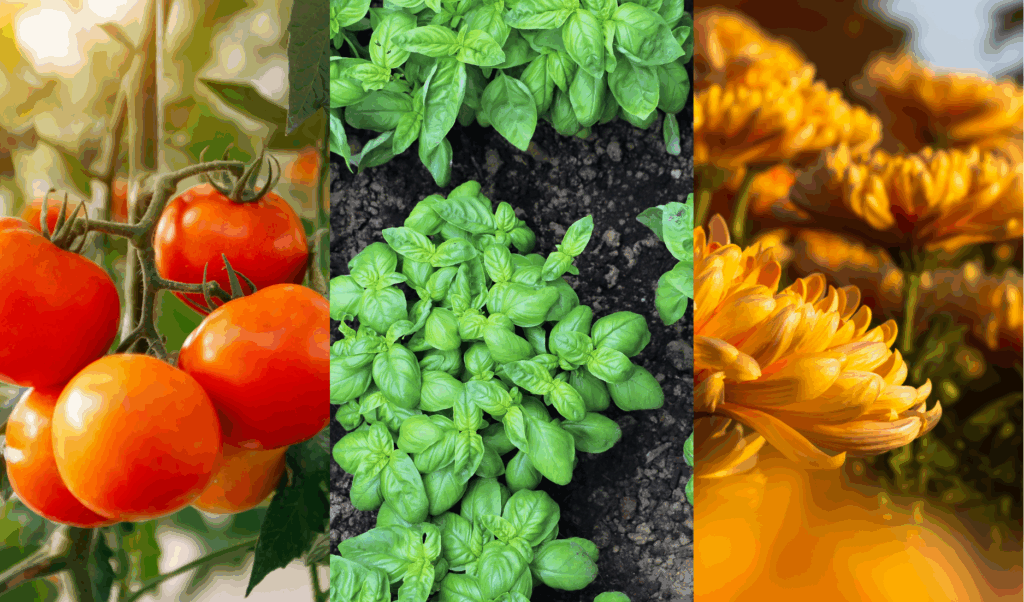Summary of Vegetal-Derived Biostimulant Enhances Adventitious Rooting in Cuttings of Basil, Tomato, and Chrysanthemum via Brassinosteroid-Mediated Processes
Biostimulant Effects on Basil, Tomato, and Chrysanthemum Rooting
Plant-derived protein biostimulants mimic natural hormones and promote plant growth and productivity. This study investigates the effects of a vegetal-derived biostimulant on cuttings of three herbaceous species—basil (Ocimum basilicum L.), tomato (Solanum lycopersicum L.), and chrysanthemum (Chrysanthemum indicum L.)—and compares its performance to traditional auxin treatments. Cuttings were treated with biostimulant (100–10,000 mg L−1) or auxin (100–500 mg L−1) and maintained under intermittent mist for 20 days to monitor rooting and metabolic changes.
Dose-Dependent Root Development
Both biostimulant and auxin enhanced adventitious rooting. However, biostimulant required higher concentrations to achieve maximum effects: 5000 mg L−1 for the biostimulant, versus 100–300 mg L−1 for auxin depending on the species. Root length and dry mass increased progressively with biostimulant, while auxin exhibited a biphasic response. Notably, biostimulant promoted fine root formation in all species, whereas auxin had a limited effect on fine roots.
Hormonal Modulation and Antioxidant Activity
Endogenous brassinosteroid (BR) levels were highest in basil and lowest in chrysanthemum. Biostimulant stimulated BR-mediated processes and interacted with auxin to regulate BR pools in a species-specific manner. In addition, antioxidant activity increased in both roots and shoots under biostimulant treatment, but auxin often inhibited it. These findings indicate that biostimulant works through hormone-like mechanisms while supporting metabolic activity and stress resilience.
Conclusion
Overall, biostimulant on basil – tomato – chrysanthemum enhances adventitious rooting, fine root growth, and metabolic activity. By modulating BR pathways and promoting antioxidants, it provides a species-specific and sustainable approach for improving cutting propagation. These effects complement auxin treatments and offer practical applications in horticulture.
Publication: Agronomy









